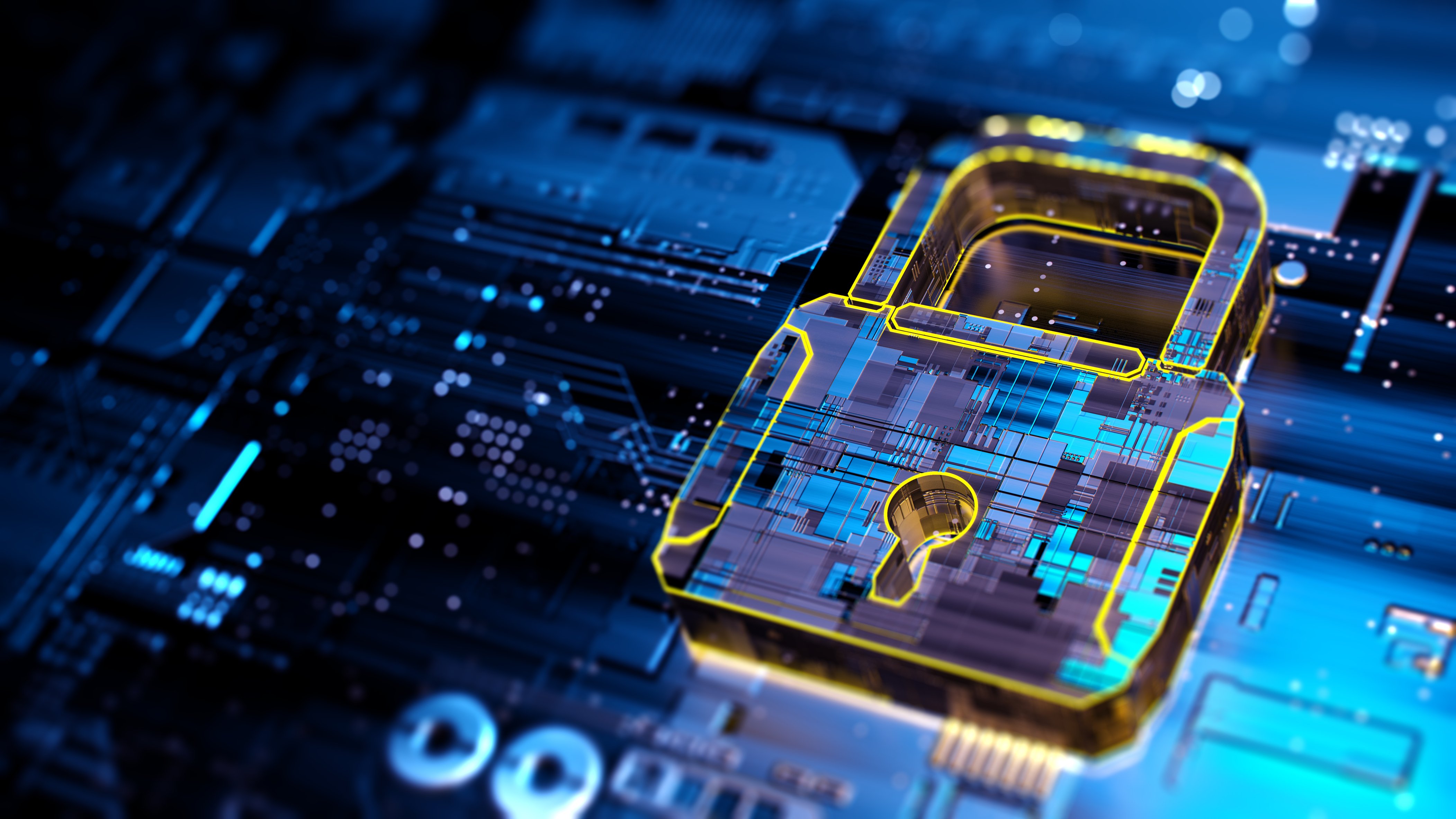
AI’s Role in the Future of Cybersecurity: Mitigating Risks and Enhancing ProtectionAI’s Role in the Future of Cybersecurity: Mitigating Risks and Enhancing Protection In the rapidly evolving digital landscape, cybersecurity remains a paramount concern. With the proliferation of cyber threats and the increasing sophistication of attacks, organizations face unprecedented challenges in protecting their sensitive data and systems. Artificial intelligence (AI) has emerged as a game-changing force in the cybersecurity arena, offering innovative solutions to mitigate risks and enhance protection. Mitigating Risks * Threat Detection and Prevention: AI-powered systems can analyze vast amounts of data in real-time to detect and classify cyber threats. They leverage machine learning algorithms to identify patterns and anomalies, enabling organizations to respond swiftly to emerging threats. * Vulnerability Assessment and Remediation: AI can automate vulnerability assessment processes, identifying weaknesses in systems and applications. It can also prioritize vulnerabilities based on their potential impact and guide organizations in implementing appropriate remediation measures. * Spam and Phishing Detection: AI algorithms excel at detecting and filtering spam emails and phishing attempts. By analyzing email content, sender reputation, and other indicators, AI can prevent malicious messages from reaching end-users and compromising systems. Enhancing Protection * Adaptive Security: AI-based solutions can adapt to changing threat landscapes. They learn from past attacks and continuously update their detection and prevention mechanisms, ensuring organizations are protected against the latest threats. * Threat Intelligence: AI systems collect and analyze threat intelligence from various sources. This information helps organizations gain a comprehensive understanding of cyber threats and develop targeted防御strategies. * Automated Security Response: AI enables organizations to automate security incident response processes. It can triage incidents, initiate containment measures, and notify the appropriate stakeholders, reducing response times and minimizing potential damage. Benefits of AI in Cybersecurity * Increased Accuracy and Precision: AI algorithms can process and analyze data with greater accuracy and precision than humans, reducing false positives and improving threat detection rates. * Enhanced Scalability: AI systems can handle massive volumes of data, making them ideal for protecting large-scale networks and systems. * Reduced Costs: AI-powered solutions can automate many cybersecurity tasks, reducing the need for manual labor and freeing up resources for other critical activities. * Continuous Improvement: AI algorithms continuously learn and improve, ensuring that organizations remain protected against evolving threats. Conclusion AI is transforming the future of cybersecurity, providing organizations with powerful tools to mitigate risks and enhance protection. By leveraging AI’s capabilities in threat detection, vulnerability assessment, and automated response, organizations can stay ahead of cyber threats and protect their valuable assets. As AI continues to advance, it will undoubtedly play an increasingly critical role in ensuring the safety and integrity of our digital infrastructure.
Posted inNews